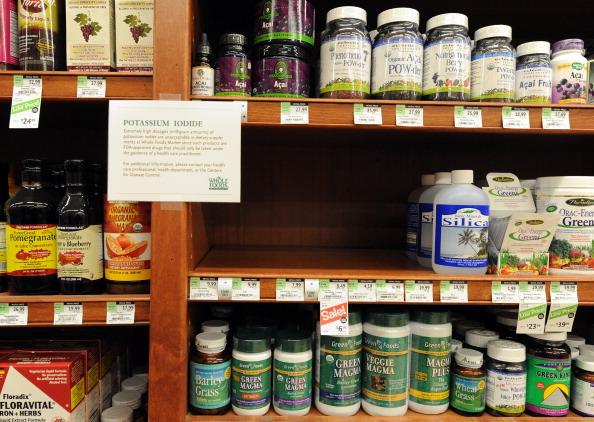Fear about potential nuclear fallout has resulted in Europeans stocking up on iodine. As reported by Agence France-Presse (AFP), March 8, 2022:1
“European countries have seen stocks of iodine fly off the shelves due to fears it may be needed to counter the risks of thyroid cancer if Russia’s invasion of Ukraine causes a nuclear incident. France said it would send 2.5 million doses of the chemical compound to Ukraine after Russian forces there seized the defunct Chernobyl nuclear site and damaged Zaporizhzhia, Europe’s largest atomic plant.”Your thyroid gland needs iodine to make hormones that influence your metabolism and other vital functions. Since your body does not produce iodine, you must get it through your diet on a daily basis. When your body lacks sufficient iodine, it cannot make enough thyroid hormone.
Dr. Joseph Mercola is the founder of Mercola.com. An osteopathic physician, best-selling author, and recipient of multiple awards in the field of natural health, his primary vision is to change the modern health paradigm by providing people with a valuable resource to help them take control of their health.
Author’s Selected Articles






